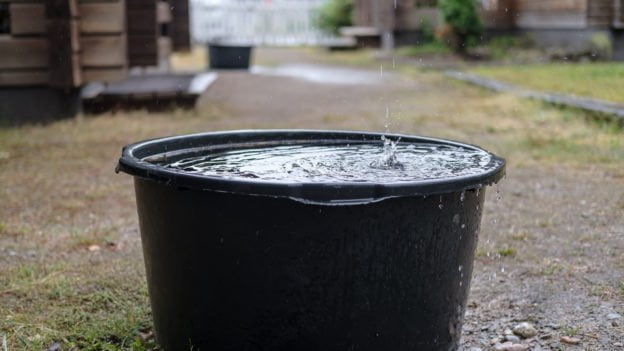As a result of numerous problems with water that are largely based on human activity, modification of planning and design in the built environment is essential. A paradigm shift from water as ‘waste’ or ‘excess’ to ‘water as a resource’ is underway. In part 1, we saw how natural processes manage rainwater to the benefit of the environment. In a sense, nature has built-in adaptation to change, and has created a relative equilibrium where everything works as intended. The recent decades of more extreme weather, coupled with the built environment and its impervious surfaces, has pointed out how far from natural processes we have moved.
This course explores some of the ideas of ‘Building Nature’ – an impossible task on one hand, since we are not that powerful or wise, and yet we can mimic and copy and enhance infrastructure to work like the natural processes. In this way, we mitigate some problems, solve others, and in the long run hopefully prevent major events that we already can see and expect more of. Some of these include massive flooding, wildfire devastation, and severe drought conditions. While we are not able to stop climate evolution dead in its tracks, being prepared to manage in a resilient manner is possible.
The directions being proposed take their example from the natural processes we see around us and focus on rainwater harvesting as one important tool. Protection of existing wetlands, shorelines, and habitat, along with rehabilitating and creating new to replace what has been lost, and conservation – using less water – are part of the bigger picture. The examples shown are based on small sites and residential-scale options a homeowner or landscape firm could tackle. The principles apply to large sites and projects just as much and are being incorporated in many areas. Making the built environment responsive to natural processes – building nature into our world rather than paving it over – is possible and is necessary.
Learning Objectives:
- Describe problems that rainwater management can affect positively
- Identify on-site detention and retention possibilities
- Select methods for ‘Building Natural Processes’ such as:
- Rain gardens, Bioswales
- Irrigation use of stored rainwater
- Infiltration using soakaway and infiltration pits/chambers
- Permeable Pavements
- Rainwater Harvesting Systems
About Instructor






